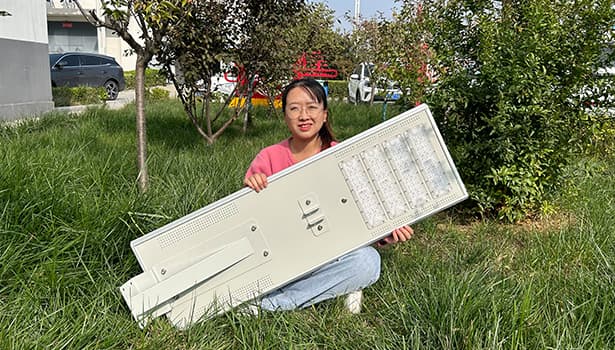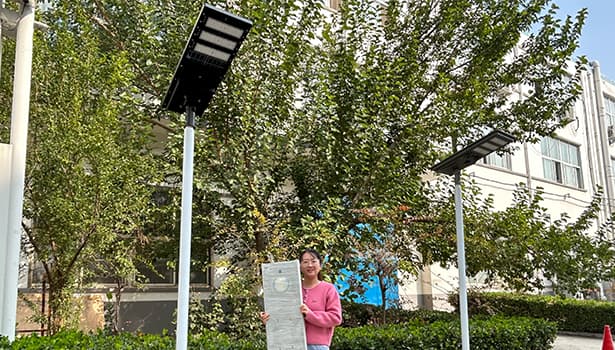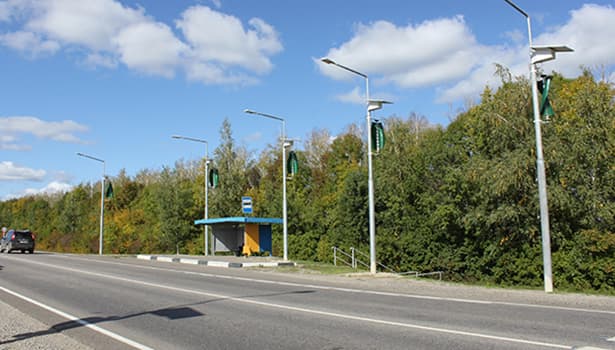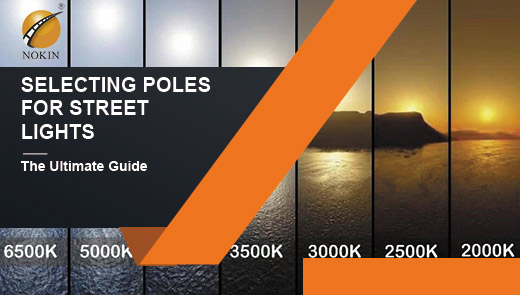Solar Powered LED Street Light: Limitations and Solutions
Jan 02, 2025
Solar street lights have replaced traditional electric street lights in many places. People are optimistic about its energy-saving, high-efficiency, and environmental protection performance. Many people love and hate solar led street lights. They are happy about the environmental protection and energy saving of these streetlights, but they are also worried about whether these streetlights can be used for a long time and whether they are worth investing in. In fact, the development path of any new thing is tortuous, and people's concerns are reasonable. Solar powered street lights do have some limitations, which affect their rapid popularization.




With the continuous intensification of global environmental and energy problems, the development and utilization of sustainable new energy is imminent, and the continuous advancement of solar energy technology will also promote the continuous improvement of the performance of solar powered street lights. Although there are certain limitations of solar led street lights at present, these problems can be solved through reasonable design and technical optimization. Solar powered led street lights will definitely bring us a more perfect lighting solution in a more environmentally friendly, safer, and more efficient future.

1. High initial investment cost
- Limitations: It is undeniable that the initial investment of solar street lights is much higher than that of electric street lights. For projects with limited budgets, this is a very critical point. Even if they intend to choose solar powered led street lights, they are often scared off by the high cost. Because the components of solar led street lights, including solar panels, batteries, LED lights, controllers, etc., are made of high-quality materials, the price is relatively expensive.
- Solution: If funds allow, adopt the method of bulk purchase to reduce the cost of a single device; consult the local government on whether there are green energy subsidies or tax exemption policies to reduce costs in many ways; if funds do not allow, you can start with the installation in key areas and then gradually expand the installation scope to reduce one-time excessive investment.
2. Limitations of geographical and climatic conditions
- Limitations: The excessive dependence of solar streetlights on sunlight has caused their performance to decline in some areas with insufficient light, and the continuous lighting time is insufficient. For example, there is less sunlight in high-latitude areas in winter. Although the equatorial region can get sufficient light, it is rainy and cloudy, with dense vegetation, complex terrain, and plant shading, which will also cause the charging capacity of solar street lights to decline and cause power shortages.
- Solution: In areas with limited light, if solar powered street lights are used, try to use large-capacity batteries to store enough electricity to cope with continuous rainy weather; when choosing the installation site, try to avoid shading to ensure that the solar powered outdoor street lights can fully receive light; in addition, you can also combine local specific conditions, wind power, or traditional electricity, and choose hybrid power systems in special areas to ensure continuous and stable lighting.

3. Low photoelectric conversion efficiency
- Limitations: The photoelectric conversion efficiency of solar panels on the market is generally between 15% and 22%, and the conversion efficiency is greatly affected by climatic conditions and geographical location, especially in rainy weather or winter, when power output is often insufficient.
- Solution: Use high-efficiency solar panels to improve conversion efficiency, such as photovoltaic panels made of monocrystalline silicon; without affecting the appearance, appropriately increase the area of the solar panel to increase the conversion efficiency; according to the local latitude and lighting conditions, adjust the tilt angle of the solar panel in time to ensure that they can receive the maximum amount of sunlight.
4. Battery life limitation
- Limitations: Solar powered outdoor street lights rely on batteries to store the electricity produced by photovoltaic panels for use at night, so the battery's energy storage capacity and service life directly affect the performance of street lights. Currently, common batteries include lead-acid batteries and lithium batteries. The former has a short life and a limited number of charge and discharge cycles, while the latter has good performance but a high price.
- Solution: If conditions permit, try to choose lithium iron phosphate batteries with longer life and more cycles, which can also reduce the number of later replacements and repairs and save costs. In addition, you can also choose to configure an intelligent controller to monitor the charging and discharging of the battery, avoid overcharging or over-discharging, and extend the service life.

5. Insufficient maintenance frequency and capacity
- Limitations: For some solar powered outdoor street lights installed in remote areas, maintenance is inconvenient, which may lead to an accumulation of problems and affect the service life.
- Solution: Remotely monitor the operating status of street lights through the Internet of Things technology so that problems can be discovered and solved in time to avoid accumulation of problems; choose a modular structure to facilitate the replacement of components and reduce the difficulty of maintenance; improve the maintenance level of local technicians to ensure that problems can be dealt with in time.

With the continuous intensification of global environmental and energy problems, the development and utilization of sustainable new energy is imminent, and the continuous advancement of solar energy technology will also promote the continuous improvement of the performance of solar powered street lights. Although there are certain limitations of solar led street lights at present, these problems can be solved through reasonable design and technical optimization. Solar powered led street lights will definitely bring us a more perfect lighting solution in a more environmentally friendly, safer, and more efficient future.




